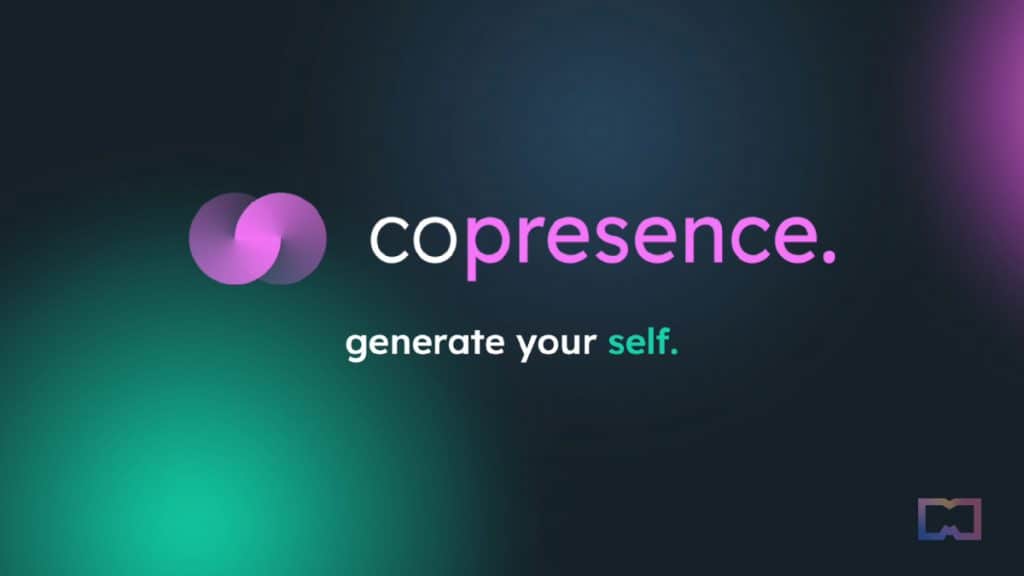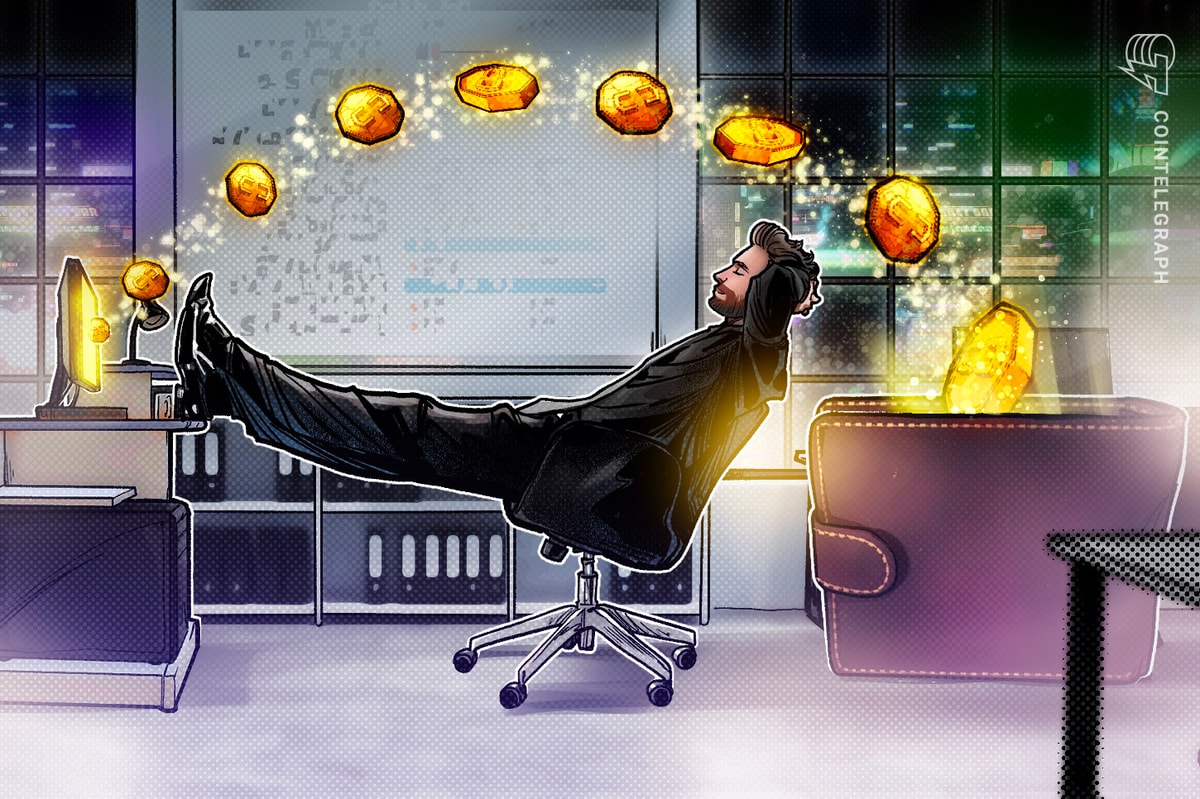
Copresence, a cutting-edge provider of digital avatar generation software aimed at enhancing digital communication, has unveiled the closed beta release of its groundbreaking platform and app. Users can quickly generate a lifelike digital avatar, a 3D model or “digital twin” of their face, which seamlessly integrates into gaming, virtual and augmented reality, and video conferencing.
This AI-powered scanning technology is compatible with any smartphone. The digital twin can be used on various platforms, including PC, smartphones, and VR headsets. In gaming, developers can build immersive experiences where players can embody their virtual selves across different game engines like Unity and Unreal Engine.
The platform employs powerful AI-driven tracking technology to accurately replicate real-time facial expressions and non-verbal cues in users’ avatars. Through Copresence’s intuitive eye-contact cues, users can receive visual feedback on who reciprocates their attention.
Copresence’s technology allows users to replace cartoonish avatars with photorealistic digital versions of themselves. The platform offers high levels of realism and real-time responsiveness, creating an immersive and convincing experience.
Copresence Emerges as a Compelling Alternative to Meta’s Digital Avatars
According to Copresence, projects of similar quality and caliber have only been achieved by the likes of Meta in their Horizon Worlds and Meta Research labs, which either are incomplete or require millions of dollars in equipment. Copresence will provide similar quality resolution with everyday devices.
Radek Mackowiak, the CEO of Copresence, told Metaverse Post that the quality achieved by Meta Research is truly impressive. However, he believes it’s important to address some practical limitations of its technology that hinder its widespread adoption.
“Unfortunately, the current implementation of Meta’s technology necessitates an expensive multi-camera setup and/or substantial computational power, making it unfeasible for most individuals due to the associated costs. Consequently, the scalability of this technology becomes a concern,” Mackowiak said.
He explained that Meta’s avatars, designed for practical use, employ a comic style. The Copresence avatar generation and animation technology was developed to work seamlessly on commodity hardware by utilizing the standard rendering pipeline, as opposed to more extravagant yet impractical neural rendering methods.
“While we acknowledge that there is room for improvement in terms of the avatars’ eyes and hair, we firmly believe that we will achieve a level of realism that is genuinely photorealistic. Our technical approach primarily focuses on revolutionizing digital communication while being mindful of resource efficiency,” Mackowiak stated.
That being said, the company’s CEO emphasized that its current 3D avatar technology is already suitable for gaming, allowing gamers to represent themselves within the game in a quality that was previously unattainable.
Open Beta Launch is Scheduled for Q3 2023
Copresence has been privately developing the platform since March 2022. In one year, it has brought together a team of top machine learning and computer vision experts to conduct extensive fundamental research and develop its proprietary technology.
Fortune 500 companies and AAA gaming studios have already expressed interest in Copresence’s product. The closed beta will enable feedback gathering before the open beta launch later this year, leading to a future release that includes an API and smartphone app.
With $2.75 million in seed funding, Copresence plans to launch the open beta version of its avatar generation solution in Q3 2023.
Read More: mpost.io








 Bitcoin
Bitcoin  Ethereum
Ethereum  Tether
Tether  XRP
XRP  Solana
Solana  USDC
USDC  Dogecoin
Dogecoin  TRON
TRON  Cardano
Cardano  Lido Staked Ether
Lido Staked Ether  Wrapped Bitcoin
Wrapped Bitcoin  Sui
Sui  Hyperliquid
Hyperliquid  Wrapped stETH
Wrapped stETH  Chainlink
Chainlink  Avalanche
Avalanche  Stellar
Stellar  Bitcoin Cash
Bitcoin Cash  Toncoin
Toncoin  LEO Token
LEO Token  Shiba Inu
Shiba Inu  USDS
USDS  Hedera
Hedera  Monero
Monero  WETH
WETH  Litecoin
Litecoin  Wrapped eETH
Wrapped eETH  Polkadot
Polkadot  Binance Bridged USDT (BNB Smart Chain)
Binance Bridged USDT (BNB Smart Chain)  Ethena USDe
Ethena USDe  Bitget Token
Bitget Token  Pepe
Pepe  Pi Network
Pi Network  WhiteBIT Coin
WhiteBIT Coin  Coinbase Wrapped BTC
Coinbase Wrapped BTC  Dai
Dai  Aave
Aave  Uniswap
Uniswap  Bittensor
Bittensor  Ethena Staked USDe
Ethena Staked USDe  Cronos
Cronos  OKB
OKB  Aptos
Aptos  NEAR Protocol
NEAR Protocol  BlackRock USD Institutional Digital Liquidity Fund
BlackRock USD Institutional Digital Liquidity Fund  Jito Staked SOL
Jito Staked SOL  Ondo
Ondo  Internet Computer
Internet Computer  Ethereum Classic
Ethereum Classic